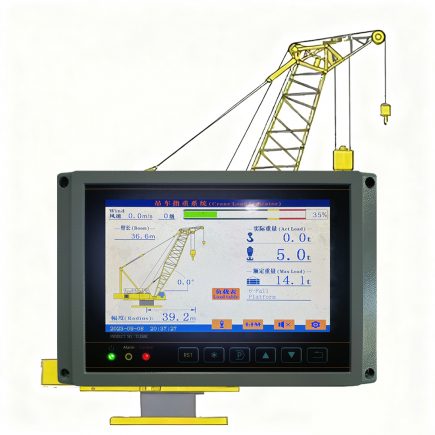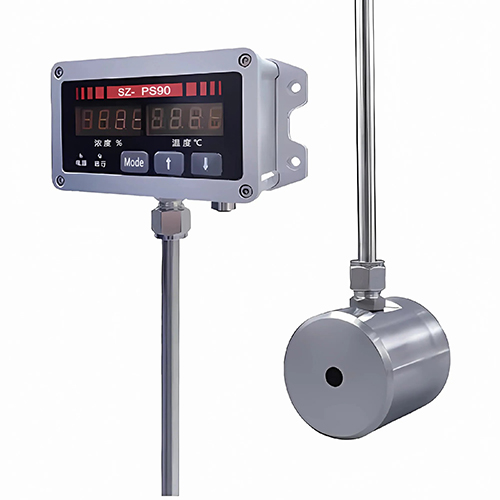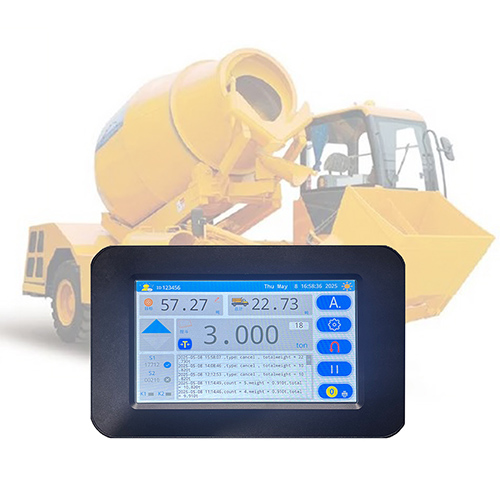Inertia can have an impact on the weighing accuracy of wheel loader scales. For example, when a loader is lifting the loaded materials, a sudden acceleration will cause the goods to sink downward due to inertia, and a sudden deceleration will result in an upward inertia of the goods. During the operation of the loader, a sudden braking will make the goods rush forward due to inertia, and a sudden start will make the goods sway backward. All these inertial forces will either reduce or generate additional impact forces on the weighing system of the loader, thus affecting the weighing accuracy.

As end-users of un-upgraded weighing system, operators can only optimize the operation process, anticipate the work situation in advance, reasonably control the driving and lifting actions of the loader, and try to achieve smooth lifting, starting and stopping. In this way, the impact of inertia on the weighing data can be indirectly reduced.
SeeZol System Solution: The new-generation loader weighing system adopts advanced weighing technology and algorithms, combined with AI error compensation, which completely solves this problem from the source.

Dynamic Weighing Technology: Adopting a weighing system based on the principle of dynamic weighing, this system can monitor the dynamic weight changes of the loader during the lifting process in real time, and compensate and correct interference factors such as inertial force through algorithms. The system can establish a dynamic mathematical model according to parameters such as the acceleration and speed of the loader, and calculate the real weight of the goods in real time, thus effectively reducing the impact of lifting inertia on the weighing accuracy.
Integration of Multiple Data Processing Algorithms: Utilizing advanced multi-algorithm integration technology, such as digital filtering, weighted average and other algorithms, the data collected by the sensors are processed to filter out high-frequency noise and interference signals caused by factors such as lifting inertia, improving the stability and accuracy of the weighing data.
Using AI for Error Compensation: Through the AI’s independent analysis of the error patterns under different working conditions, corresponding error compensation models are established. For example, considering the impact of temperature on the accuracy of the sensor, temperature compensation is carried out; according to the wear condition of the loader, corresponding corrections are made to the measurement results. This enables the weighing system to accurately reflect the actual weight of the goods under any circumstances.

The new-generation technology of the SeeZol system will be gradually applied to the weighing systems and torque limiting systems(load moment indicator(LMI) or safe load indicator(SLI)) of various construction machinery, providing escort for safe and scientific production.








